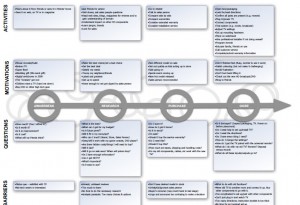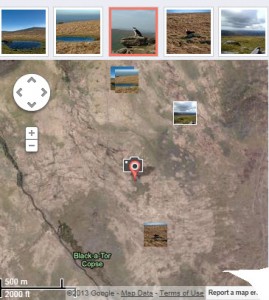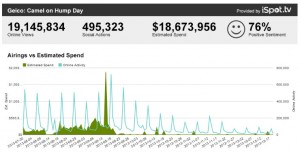It’s Evolution Baby. (Da, da, da, da dahn.)
Raise your hand if you think this mobile computing, mobile communications thing is a fad. Exactly…tricorders are here to stay. Facebook just announced that 49% of its ad revenue is from mobile devices. It also reported that “users were clicking on them (ads) in their news feeds more frequently.” What does that tell you? Well, Tarik Sedky wrote in Digiday that the banner ad is just about dead, which tells me we are getting better at crafting ads offing value for people’s mobile feeds. Do I smell some Twitch Point Planning?
It stands to reason that anyone looking at their phone, say, while talking to a hottie, during a meeting, or at dinner, is someone looking for a diversion. Smarter ads, ads that understand context, ads that provide real value are getting clicked on. The ad business is evolving and mobile behavior is helping us. As we move from diversion clicks to clicks that move consumers closer to a sale, we’ll evolve even more.
Content marketing my ass. Social media marketing my ass. Untill Facebook , Google and Yahoo start charging subscription fees or transaction fees, this advertising thing is going to keep floating the boat. Evolve me droogies. Peace.





